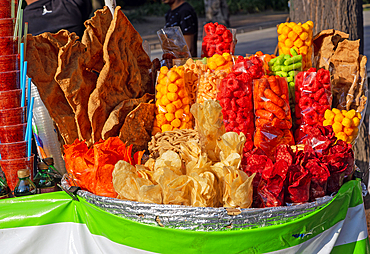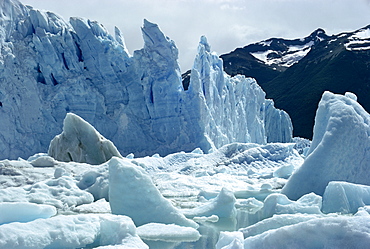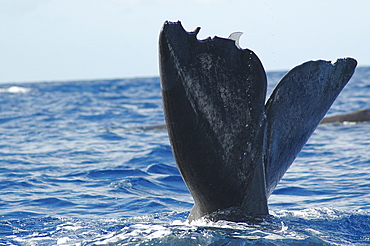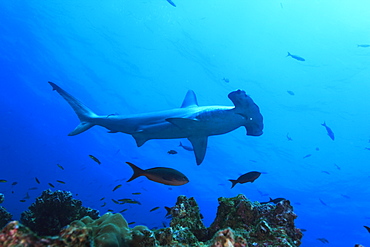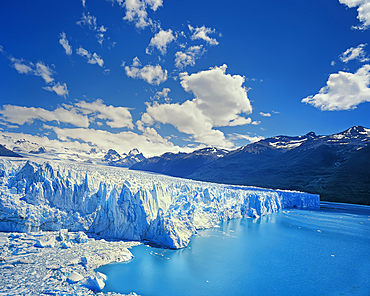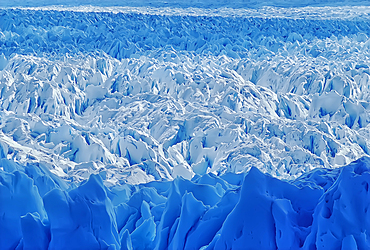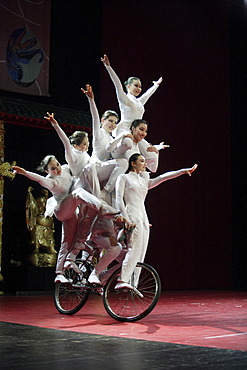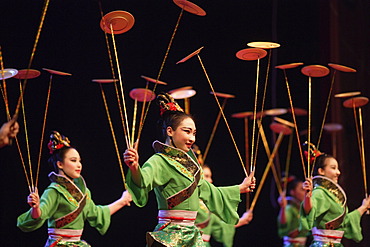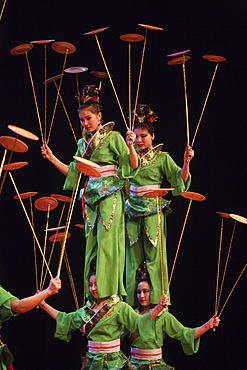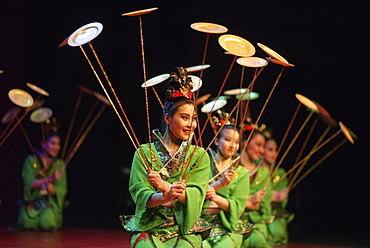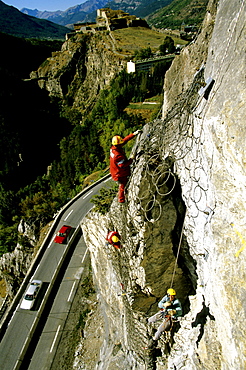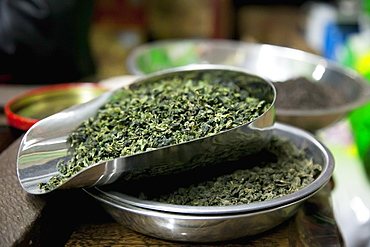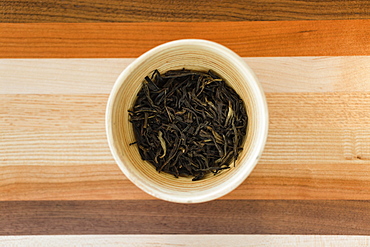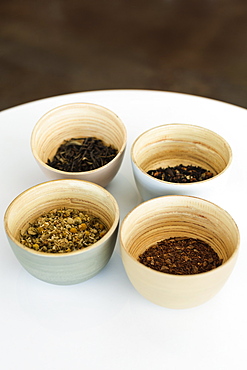Results
6 results found
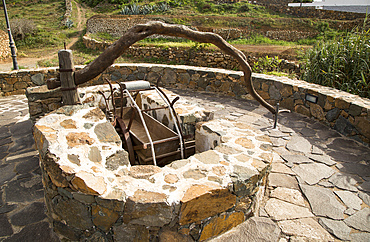
Historic traditional water wheel irrigation system, Betancuria, Fuerteventura, Canary Islands, Spain, Atlantic, Europe
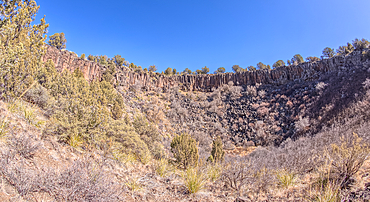
View from below the rim of the giant sinkhole known as Johnson Crater in the Kaibab National Forest near Ash Fork Arizona, USA
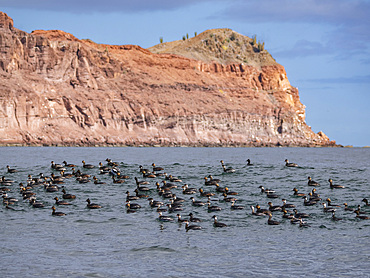
Eared grebes (Podiceps nigricollis), in Puerto Refugio, Angel de la Guarda Island, Baja California, Sea of Cortez, Mexico, North America
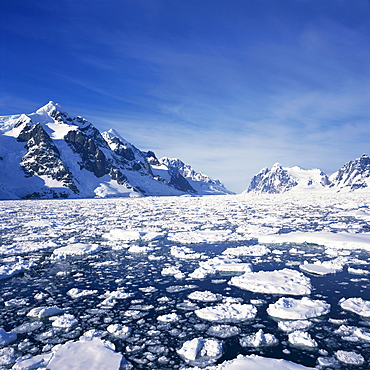
Loose pack ice in the sea, with the Antarctic Peninsula in the background, Antarctica, Polar Regions
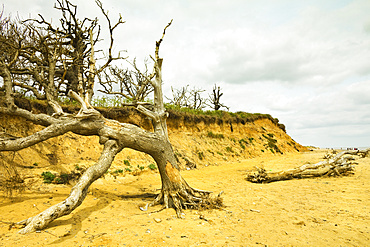
Severe erosion of loose Quaternary glacial sands on this coast that has retreated more than 500m since the1830s, Covehithe, Suffolk, England, United Kingdom, Europe
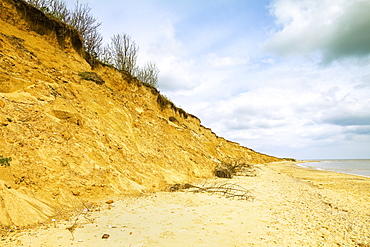
Severe erosion of loose Quaternary glacial sands on this coast that has retreated more than 500m since the1830s, Covehithe, Suffolk, England, United Kingdom, Europe

Mexican aztec dress gods at Grand Palladium White Sand Resort and Spa in Riviera Maya, Yucatan Peninsula, Quintana Roo, Caribbean Coast, Mexico.
Aztec clothing was generally loose fitting and did not completely cover the body. When the Spanish arrived in Mexico, the people were surprised to see them in their full armour, with only their faces exposed.
Aztec clothes were generally made of cotton (which was imported) or ayate fiber, made from the Maguey Cactus (also called the Century Plant or American Aloe). Women would weave the fibers into clothing, a task girls were taught as young teenagers. Because of their vast trading network, the Aztecs were able to make use of a beautiful array of dyes, creating the brilliant

Mexican aztec dress gods at Grand Palladium White Sand Resort and Spa in Riviera Maya, Yucatan Peninsula, Quintana Roo, Caribbean Coast, Mexico.
Aztec clothing was generally loose fitting and did not completely cover the body. When the Spanish arrived in Mexico, the people were surprised to see them in their full armour, with only their faces exposed.
Aztec clothes were generally made of cotton (which was imported) or ayate fiber, made from the Maguey Cactus (also called the Century Plant or American Aloe). Women would weave the fibers into clothing, a task girls were taught as young teenagers. Because of their vast trading network, the Aztecs were able to make use of a beautiful array of dyes, creating the brilliant
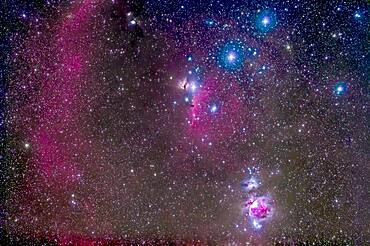
The Belt and Sword region of Orion, with the Orion Nebula, Messiesr 42 and 43, at bottom. Below the left star of the Belt, Alnitak, is the famous Horsehead Nebula, while above it is NGC 2024, aka the Flame Nebula. At very top left is Messier 78, while part of Barnard's Loop arc across the field at left. The field is filled with other faint red emission and blue reflection nebulas. The large loose open cluster Collinder 70 surrounds the middle star of the Belt, Alnilam.
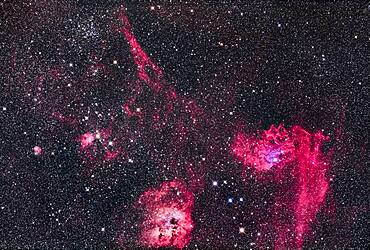
This is the rich region in the centre of the constellation of Auriga with the Flaming Star Nebula, IC 405 at right, and the roundish IC 410 at bottom with the cluster NGC 1893. At top left is the star cluster Messier 38, with small NGC 1907 below it. The small nebula at left is IC 417 around the loose cluster Stock 8. The large elongated nebula at top is Sharpless 2-230. The colourful asterism of stars between IC 405 and IC 410 is the Leaping Minnow or Little Fish, aka Mel 31.
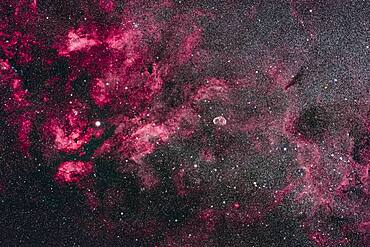
This is the central area of Cygnus and its bright Milky Way starcloud surrounded by red nebulosity. At left is the star Sadr (gamma Cygni) with the complex of nebulosity catalogued as IC 1318. At centre is the distinct Crescent Nebula, NGC 6888, a expanding nebula created by winds from a hot Wolf-Rayet star. At bottom left is the star cluster Messier 29, though looking a little lost in the rich starfields here. At top is the cluster IC 1311, looking more obvious than M29 but not observed visually and included in the NGC catalog. Odd. At far right are the large and loose star clusters NGC 6883 and NGC 6871, the latter an obvious binocular sight. To the left of Sadr is the small cluster NGC 6910. The dark nebulas B145 and LDN 862 are at right. The small emission nebula at bottom is Sharpless 2-104.

The large emission nebula IC 1805 in Cassiopeia, aka the Heart Nebula. The round nebula at top right is NGC 896. The large loose star cluster at centre is Mel 15; the star cluster at left is NGC 1027. The small cluster below NGC 896 is Tombaugh 4.

The asterism of the False Cross in Vela and Carina, at left, with Gamma Velorum, a bright blue supergiant star, at right. In between are faint arcs of nebulosity in the Gum Nebula. To the left of Gamma Velorum is the open star clister NGC 2547. Below the bottom star of the False Cross, Epsilon Carinae or Avior, is the large naked-eye star cluster NGC 2516. To the right of the right star of the False Cross, Delta Velorum, is the loose open cluster IC 2391.

1 euro coin balancing on U.S. dollar banknotes, symbolic image of exchange rates, strong and weak currency
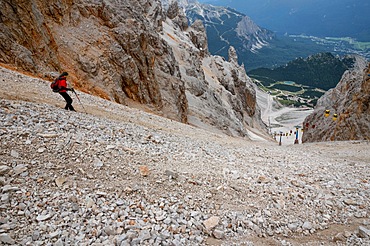
The descent of the tourist on the loose stones from the Forcella Staunies pass in the Dolomites. Dolomites, Italy, Dolomites, Italy, Europe
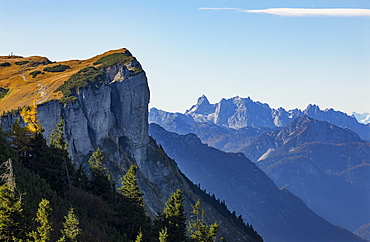
Loose plateau, behind it Dachstein massif, Totes Gebirge, Altaussee, Ausseerland, Salzkammergut, Styria, Austria, Europe
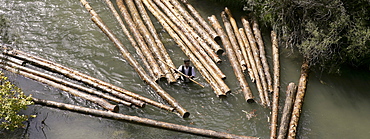
A ganchero was a person dedicated to a craft of assisting in the transport of a large quantity of loose logs floating downstream. by the river Tagus.
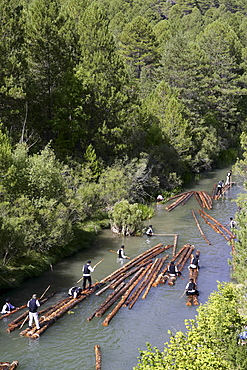
A ganchero was a person dedicated to a craft of assisting in the transport of a large quantity of loose logs floating downstream. by the river Tagus.
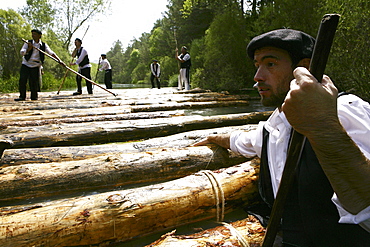
A ganchero was a person dedicated to a craft of assisting in the transport of a large quantity of loose logs floating downstream. by the river Tagus.
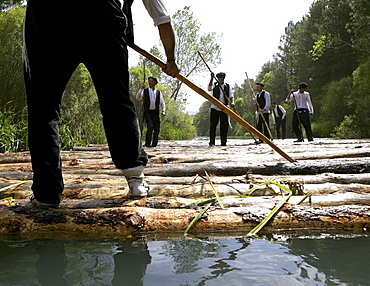
A ganchero was a person dedicated to a craft of assisting in the transport of a large quantity of loose logs floating downstream. by the river Tagus.
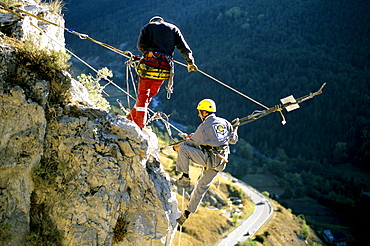
Working high above the busy road below, the two workers first secure the loose boulder to the cliff with a long metal pole.

The workers, working high above the busy road below, first secure the loose boulder to the cliff with a long metal pole.

A tray of pots, rice powders, blushers and loose powder used in the white face make up of geisha women, Japan
